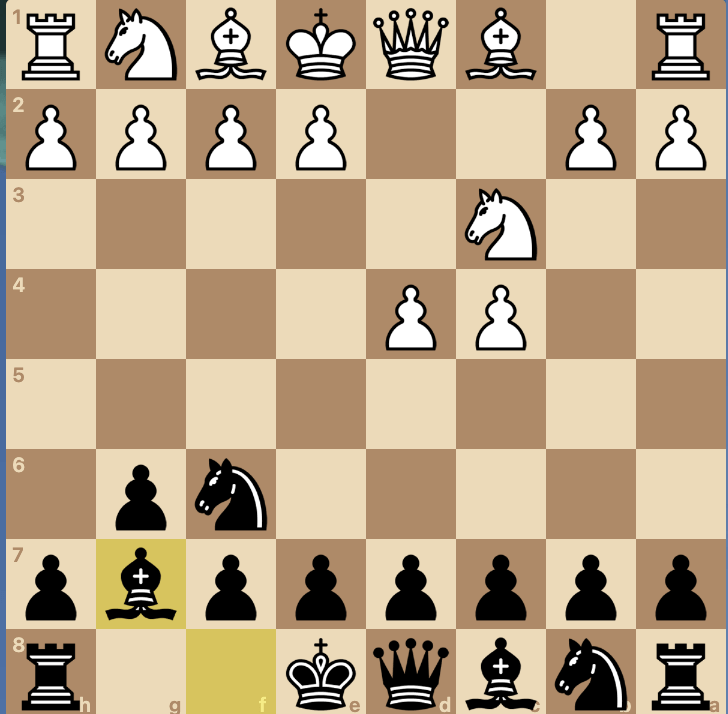Like the pirc, a lot of new players are attracted to it because it's practically impossible to lose in the first 10 moves, but as you're finding out the price you pay is a much more difficult middlegame.
White has multiple good ways to play against it, some of which lead to completely different middlegames. If that didn't make it hard enough to give general advice, some lines are sharp, and in those lines calculation and memorization are more important than general considerations.
If you want to learn it, my advice is after every game you play it, go look up 3 GM games and play over them. Don't try to analyze every move as that's a waste of time. Just make general notes like what side of the board the players played on (kingside, center, or queenside), and in general how they did it (pieces, pawns, and common maneuvers). After you've seen a few hundred games you'll have some good intuition.










I find the King's Indian Defense really interesting, and I want to start using it in my games, but I can't. I'm just so horrible with it. As of now, I've been mainly playing the classical QGD in my games, but I'm finding it too passive. I want to learn the King's Indian to replace it, but I just can't make it work.
I've heard all this amazing stuff about the opening about how it is extremely dynamic and aggressive, but it never works out when I play it. The opening just represents a completely different way of playing chess that I'm unable to grasp. When I've tried using it, my opponents always completely crush me after getting a massive pawn center with moves like d4, e4. c4. and f4.
The opening books always say stuff about attacking white's over-extended center, but how do you do that exactly? How do you deal with moves like d5 and e5 where your knights are forced to move? How do you control the center in a hypermodernist fashion? One other big issue is that I'm just completely at a loss for what to do when my opponent makes a move that isn't in the opening book. Generally, with openings like 1. d4 or 1. e4, I still feel comfortable when my opponent deviates, because I can just make sensible developing moves and maneuver towards a playable middlegame. However, it's drastically different when you find all of your pieces on the third rank and you can hardly make a move.
I would be very grateful if someone could answer these questions, help me understand the KID better in general, and give me some tips on how I should go about studying it exactly. I apologize in advance for how long-winded this post turned out to be, but I'm legitimately interested and it makes me sad that I play it so badly.